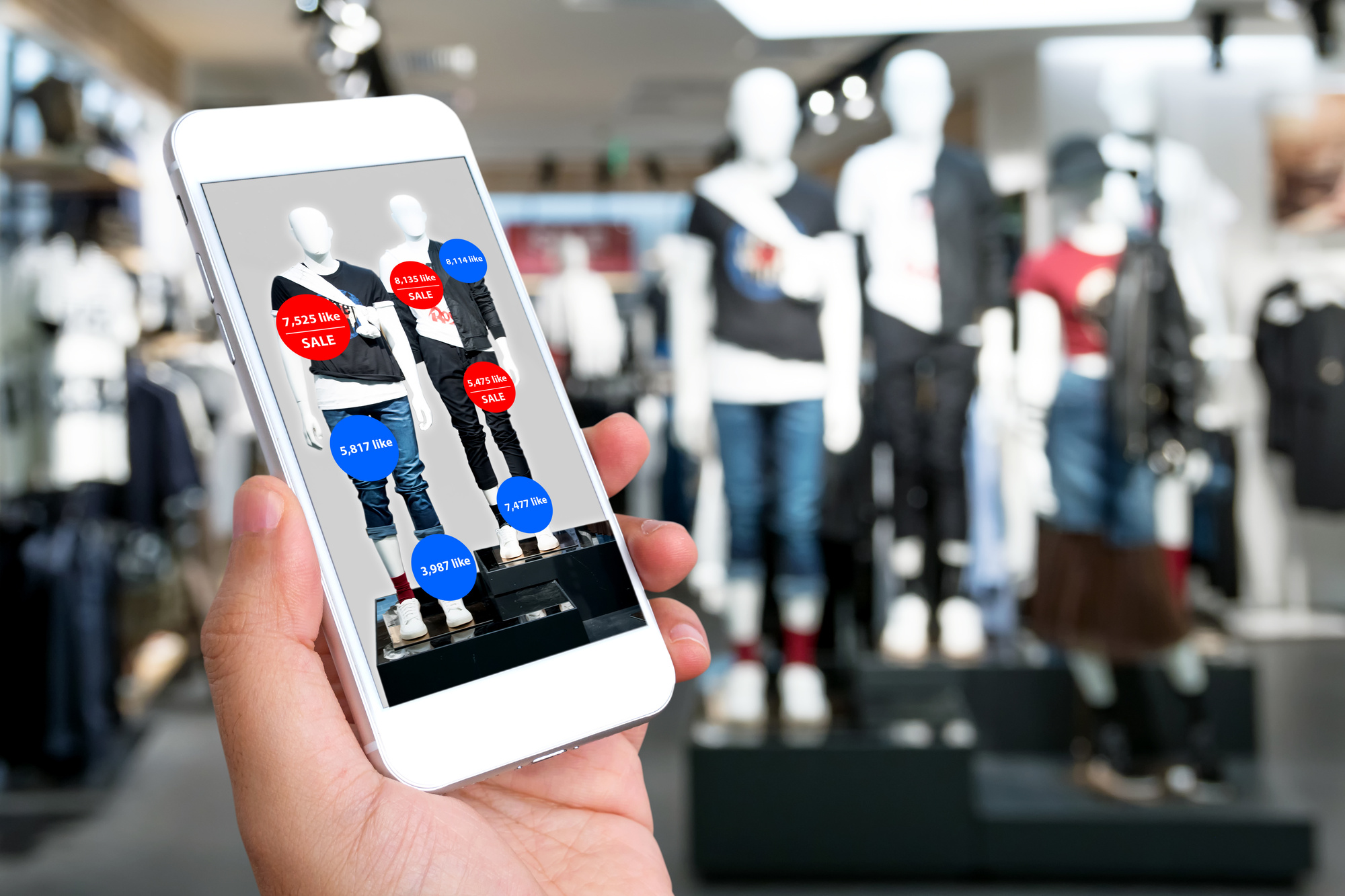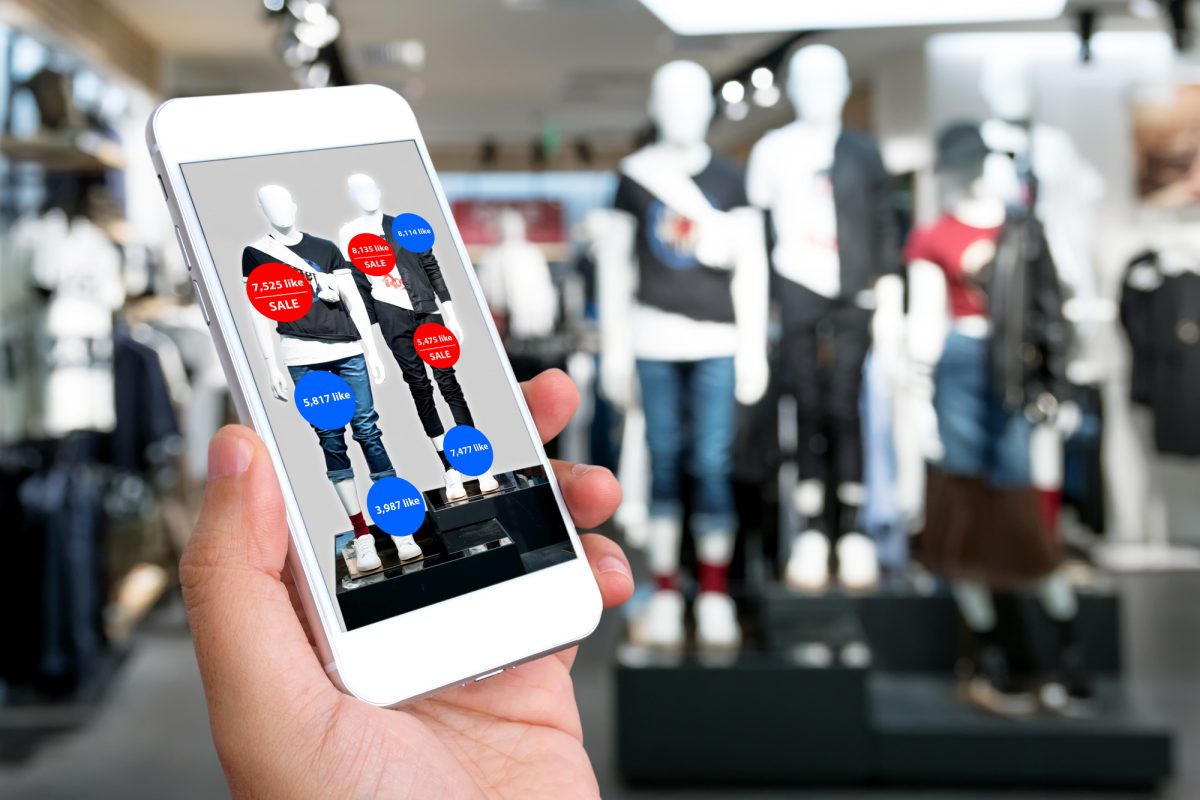
It has been called the retail apocalypse.
The rise of E-commerce and online shopping has threatened to destroy the brick-and-mortar stores which comprise the high street.
Consumers prefer to click than to get into their cars and drive down to the store. As a result, a growing number of retail stores are closing.
For the remaining stores, staying relevant by providing an improved shopping experience is essential to survive.
How can this be accomplished? By adopting the leading retail technology to transform the brick-and-mortar store into a consumer’s dream.
Let’s discover together the top 10 retail technologies available.
1. Digital marketing
You need to connect your target consumer.
Nearly 78% of the American population regularly uses the internet. That makes the internet an important tool for reaching out to consumers for the majority of retailers.
There are several ways to connecting with your target consumer via digital marketing. Over 41% of businesses in the U.S. spend over $500,000 on digital marketing each year.
You could encourage your consumers to sign-up to a mailing list, in which they’ll receive monthly newsletters. Alternatively, you could invest money in digital ads to boost brand awareness.
2. Data Analytics
Do you really know your target consumer?
Many businesses take advantage of data analytics to improve their understanding of their customers. You can discover the demographics, interests, and behavior of your customers with this technology.
This information provides you with the knowledge of how to make decisions to improve the customer experience. For example, if you know where your average customer is located, this determines where you open your next store.
Furthermore, with the rise of personalized and custom-based products and services, data analytics increases in importance for most retailers.
3. The Omnichannel Approach
Have you ever heard of the omnichannel approach to retail?
This is the attempt to integrate your operations across multiple channels. Therefore, the distinction between the online and in-store retail experience is eliminated.
For example, consumers want to be able to purchase a product online before picking it up in-store. This is called ‘click-and-collect’.
This approach encourages consumers to engage with the brand via multiple channels rather than a single avenue.
4. Artificial intelligence
Artificial Intelligence (AI) has been widely promoted across the business sector. We already know that over a third of major businesses are adopting AI to improve the customer experience.
An example of this is the Amazon Go grocery store, which introduced the concept of cashier-less stores to the consumer. This makes the consumer experience more convenient and unique for the customer.
In addition to AI systems, this involves barcode technology to scan each item as customers leave the store.
5. Voice Assistants
Voice Assistants are expected to grow by up to 1000% by the year 2023.
The competition for the consumer market over voice assistants is currently between Google Home, Amazon Echo, and Apple’s Siri.
Such technology is not only to inquire about the weather tomorrow or to play your favorite music playlist. You can purchase products and service via the device.
Forbes says that only 22% of Amazon Echo and Google Home users report shopping via the technology. However, you can expect this number to grow over the next few years.
It’s not only directed at the consumer. Employees can also benefit from the voice assistant technology in your retail store.
6. Augmented Reality
Do you know the difference between Augmented Reality (AR) and Virtual Reality (VR)?
AR is when computer-generated information and objects are augmented onto the “real-world” environment. By contrast, in VR the environment is also computer-generated.
Retailers are focused on how AR can improve the consumer experience. You can sample products at home before you purchase them yourself.
This is especially helpful with clothes and make-up. You can try digitally before you buy for real.
7. Virtual reality
A growing number of retail stores are starting to invest in VR technology with the hope of improving the customer experience and business operations.
You can design the layout of your brick-and-mortar store via VR before you go-ahead with the plan. This allows you to better imagine how you want to arrange your products without investing the time and effort to implement.
8. Sensor Data
Sensor data could transform retail forever.
You can install small beacon sensors around your store, which connect with your consumers’ phones.
If the consumer installs your brand’s app, then they can receive special discounts and promotions during their visit to the store.
You can also collect data about your consumer via this technology. This information can be used by your data analytics team to improve your understanding of your customer.
9. Facial Recognition
Another technology which can be adopted in order to better understand your customer is facial recognition technology.
This permits you to track your consumer’s movements around the store. This could inform how you design the layout of your store.
You can log demographic information about each consumer who enters your store. This could determine how you design the packaging of your products, for example.
Furthermore, the next time the same consumer returned to your store at a later date, you can send special promotions.
10. Cloud Storage Technology
How can you possibly manage your inventory, shipping details, and orders?
Retailers are increasingly transferring such information onto the cloud. This is a cost-effective method of storing this important data securing and efficiently.
Research shows that brick-and-mortars retailers continue to only invest 1.7% of revenues into I.T. services. This is significantly less than many other sectors, such as banking which invests 6% per year.
You Need to Invest in Retail Technology
Now you know the top 10 types of retail technology which are transforming the industry. There are no excuses for not investing in these technologies to develop your business.
If you want to read more about the technology emerging in the industry, keep up-to-date on the tech news changing the business world.

